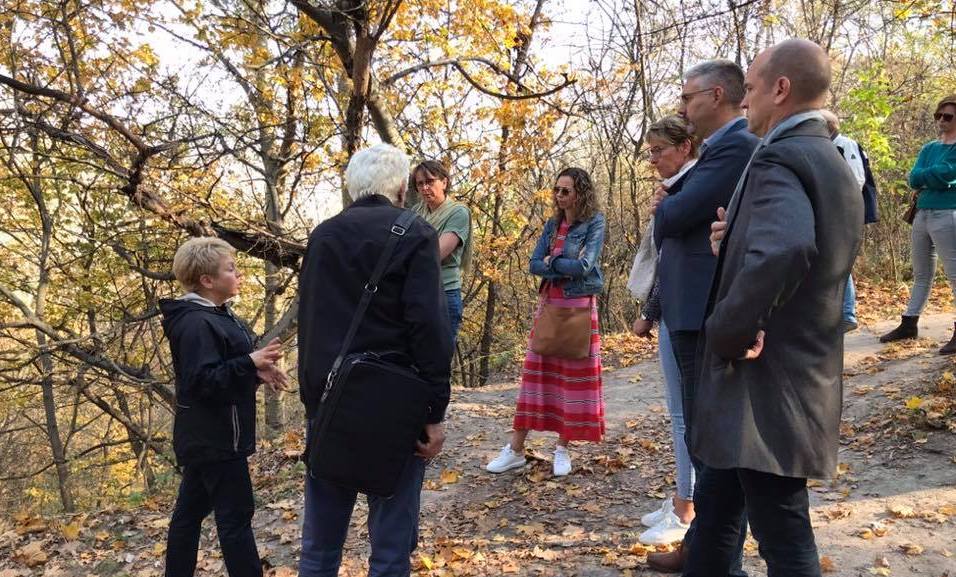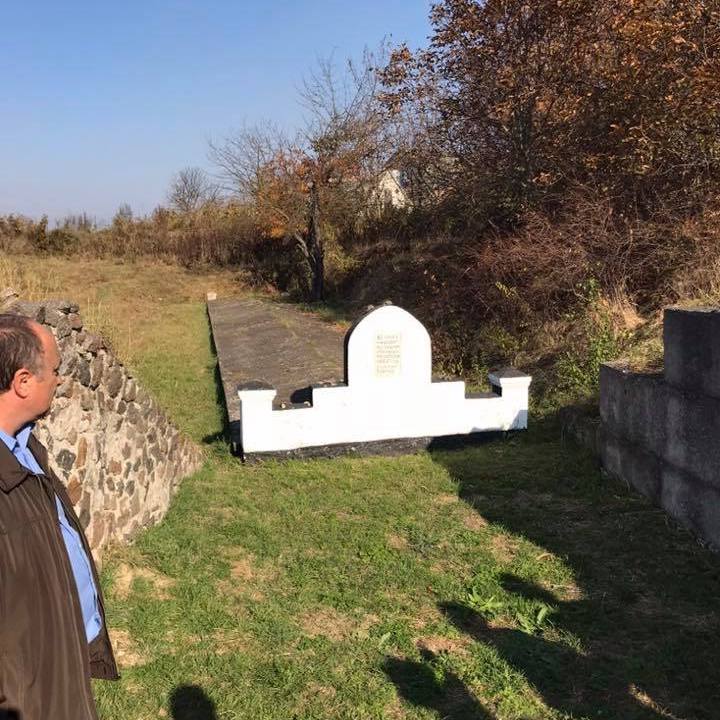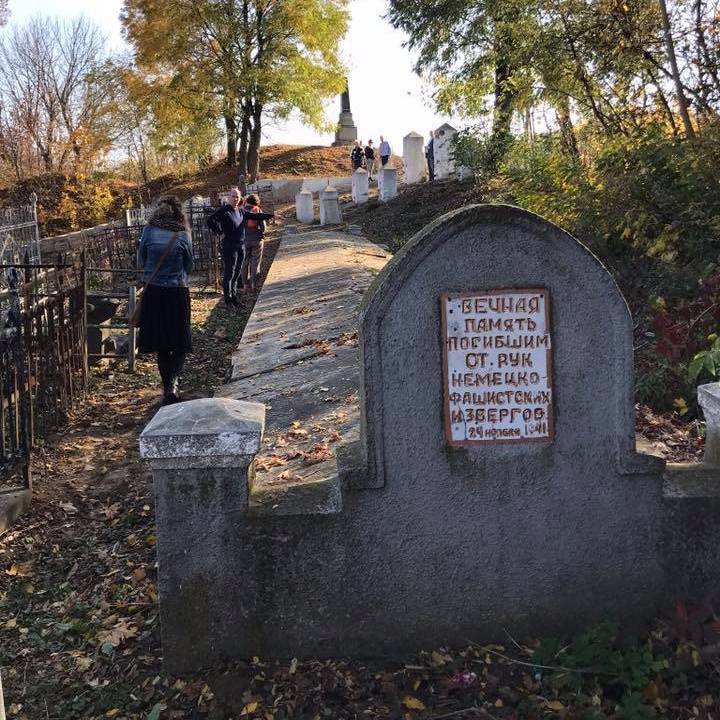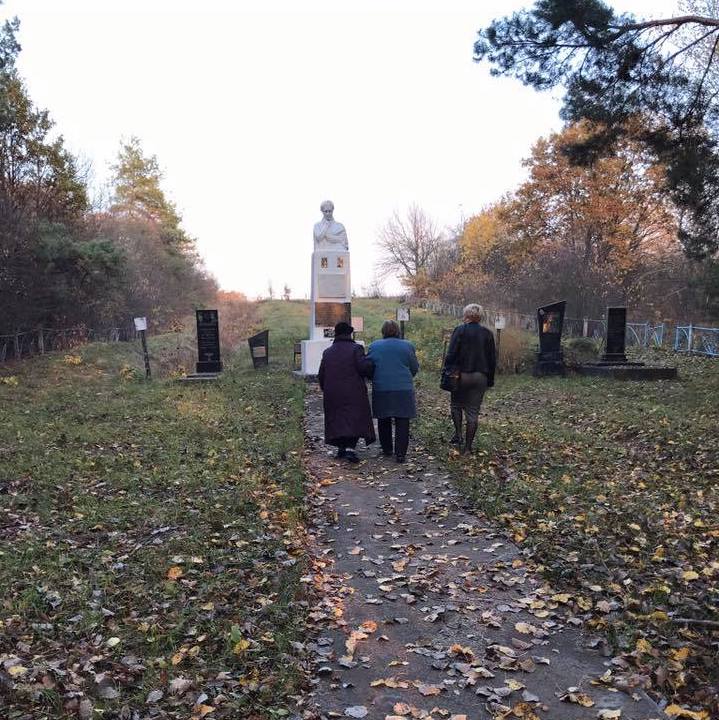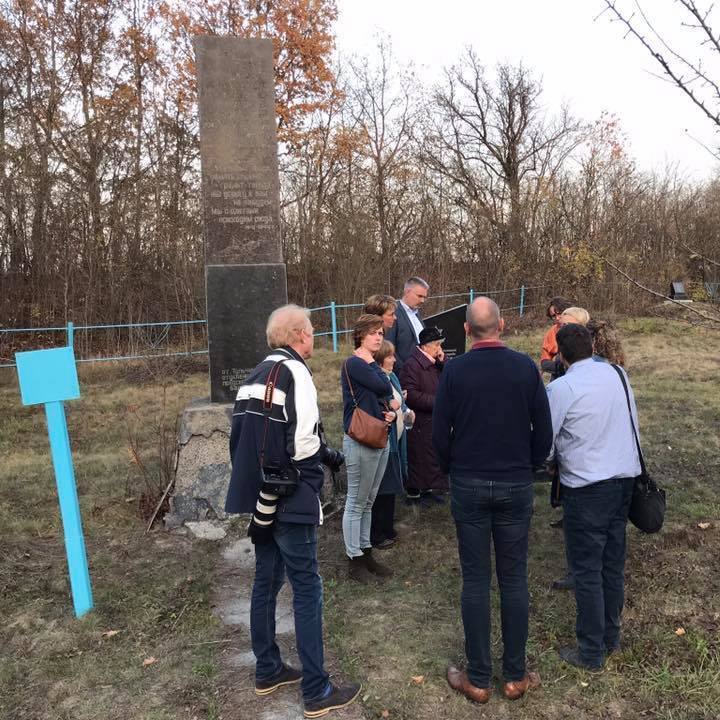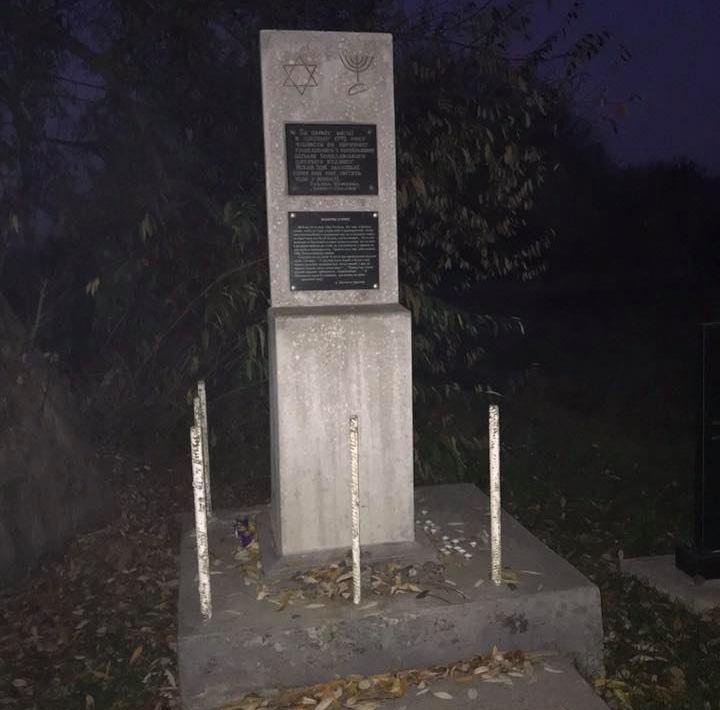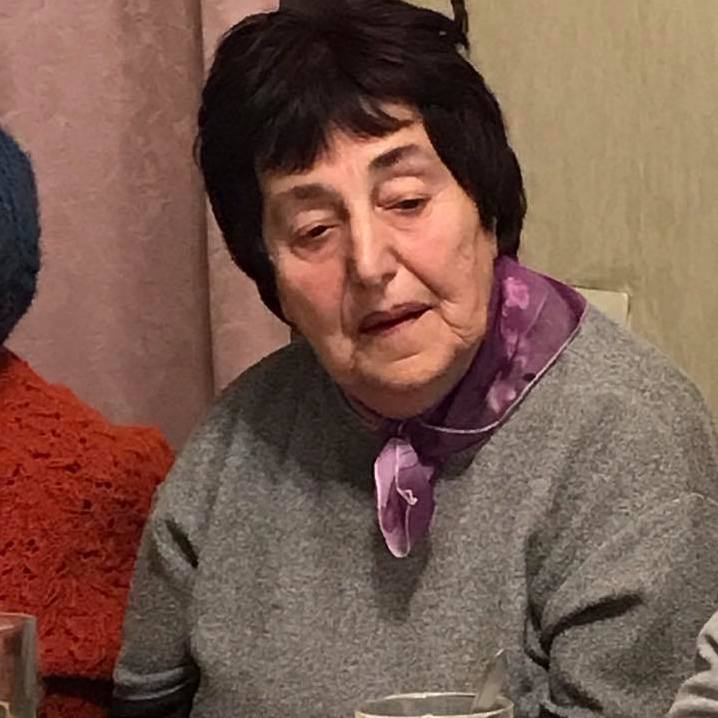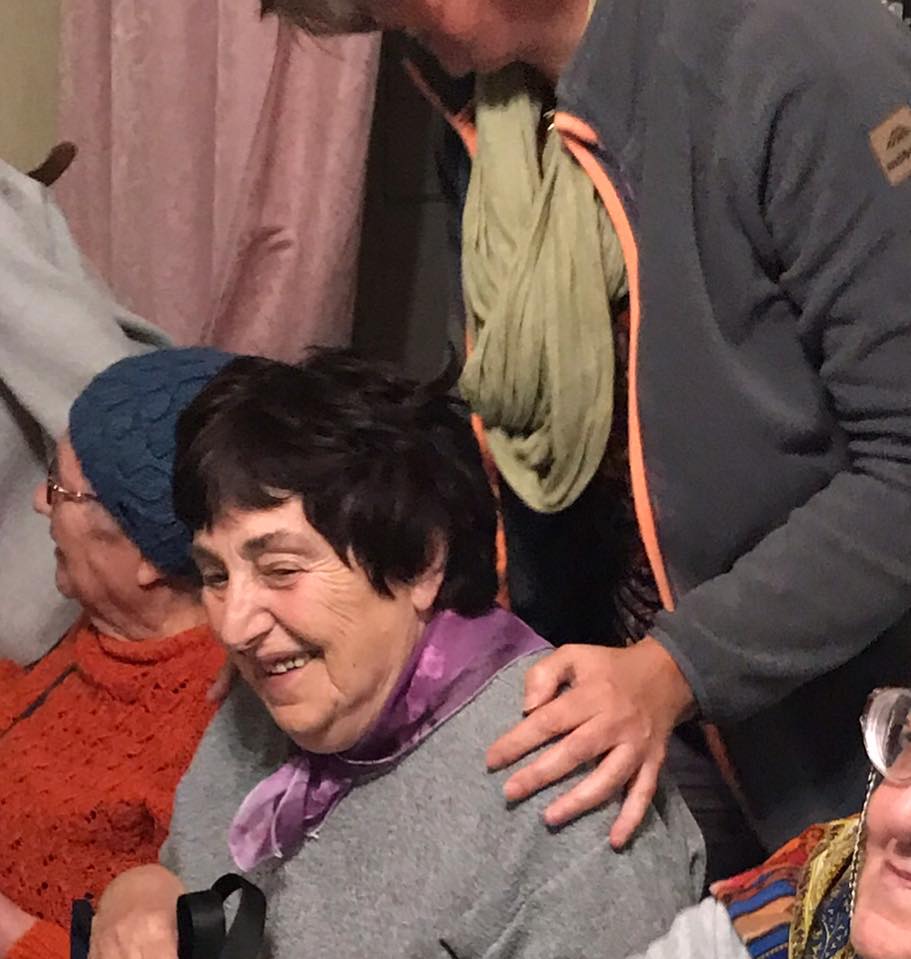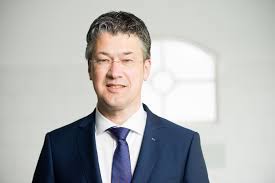An incomprehensible history – my journey through Ukraine
Atrocities, willpower, poverty, enthusiasm —it was all part of my journey through Ukraine. Together with my wife Janine, Gert-Jan Segers, Frans de Lange and their partners we visited the sphere of action of Christians for Israel in Ukraine. Several times we stood at one of the 2,000 mass graves that can be found in Ukraine. Witnessing the atrocities of the Second World War. In contrast with the Netherlands, where the Jews ended up in concentration camps via Westerbork and Vught, the Germans in Ukraine brutally carried on like madmen straight away. Barely ten days after capturing Kiev, 33,771 Jewish inhabitants were shot and killed and dumped in a mass grave – Babi Yar. However not only in Kiev, in nearly every town or village you can find a mass grave. In Nemirov we stood at a grave containing 1,000 Jewish children, murdered in front of their parent’s eyes. Igor, the local Baptist minister considers it his task to maintain the grave, so people won’t forget.
But not only the Germans committed atrocities, they received considerable help from the Ukrainian police. Julia from Bratslav told how a policeman from her village cut a hole in the river’s ice, in the winter of 1941-1942, to drown 250 children from the Jewish orphanage.
Rita from Tulchin told the story of the Rumanians. With the promise that they would get a part of Ukraine (Transnistria), the Rumanians joined the Germans. They confined the Jews in camps, without food, infected with typhoid fever. Rita shows us the camp of Pechora. She survives together with 300 others, 27,000 other Jews were killed, among them her mother and brother. She took us to a green hill in the woods, a few kilometres onwards. “We are here on the grave of 62,000 Jews who died of starvation, tuberculosis, typhoid fever and often a bullet.” No neatly maintained grave, a crooked monument, no signs pointing directions. Hidden in the woods. Without Rita we would have never found it.
In Uman I sit opposite Olga. Olga lives in a Shtetl near Uman. Her father is a soldier in the Red Army, she lives with her mother and grandmother. In July 1942 (she is 2-years-old at the time) the Jews from her village are forced to walk to Uman. They never arrive there. Near newly dug holes in the woods they are shot dead by Ukrainian policemen. The bodies covered with earth. Two little boys crawl out of the ground alive at night. While they sit on the edge of the pit, they see something move. Olga! They pull her out and she is carried off by a passerby during the night. Olga is hidden and brought up by a Ukrainian family.
Continually I look into the eyes of a history I cannot comprehend. Untold atrocities, followed by a complete denial of their suffering, an identity that had to remain hidden under communism. But I also look into the eyes of a people that raises itself up again. Radiates strength, is proud of its Jewish descent. Capable even to embrace the grandchildren of their executioners when they come to ask for forgiveness. When asked how they can do this, they point upwards. Through God. For Olga we sing “Jaaseh Shalom Bimromah…”. He Who gives peace in the Highest, may He give us peace and the whole of Israel as well.
